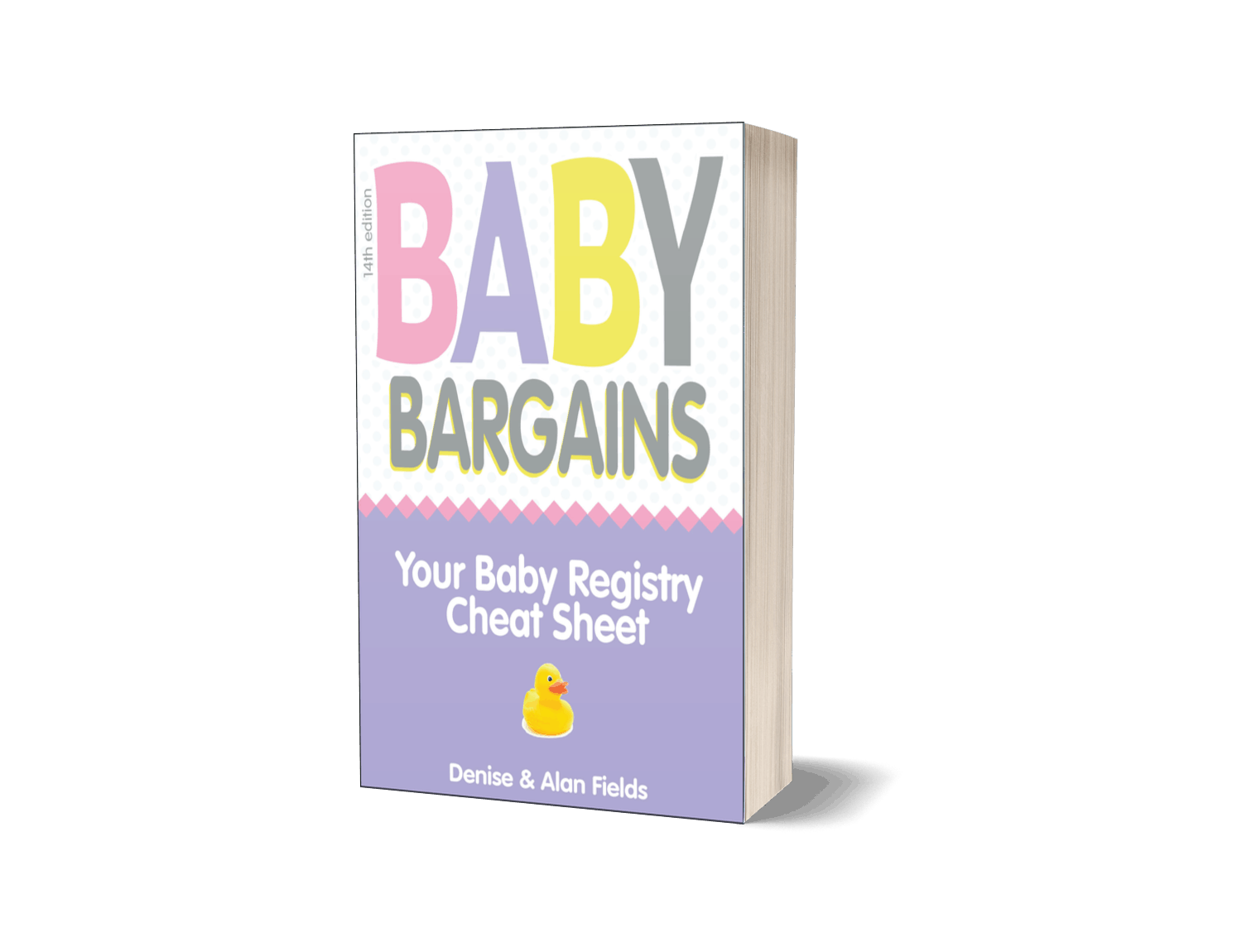Hundreds of mom-and-pop baby gear retailers could be liable to replace or refund purchases of millions drop-side
cribs made by now defunct crib makers, according to a plan under consideration
by the Consumer Product Safety Commission.
Earlier this month, the CPSC recalled more than 2 million drop-side cribs from seven
different manufacturers. That recall came after 250 reports of drop-sides
detaching or failing; 16 infants were entrapped in the crib rails. While no
children died in these reports, one was hospitalized.
The CPSC has announced it plans to ban the manufacture of drop-side cribs by year-end,
declaring the design unsafe.
This decision has left the CPSC with a dilemma: what to advise consumers who are
using a drop-side crib that is NOT subject to recall? And what about cribs made
by companies that are now out of business, so-called zombie crib makers?
Millions of these cribs are still in use today.
We asked the CPSC about these two issues. On the first point, the CPSC pointed us to a video on
their web site that answered the question: “Are all drop-side cribs bad?”
The government’s two-word answer: “not necessarily.”
Now that’s reassuring.
The CPSC goes on to say that while the recalled cribs had safety problems, ALL drop-side
cribs are less structurally sound than static side cribs, and hence subject to
problems from “being moved, storage and assembly.”
That sounds like guilt by association. Just because Toyota just recalled vehicles
with faulty engines that could stall . . . does that mean Honda vehicles are a
similar risk? After all, both use gas-powered engines that might fail in
the same way.
Granted, there were some dangerous drop-side cribs made in the last decade. Cheap
importers like Simplicity (now gone, thankfully) made cribs that were clearly
defective. And companies like Delta and Evenflo deserve the criticism for their
defective hardware which caused their side rails to fail. In the past year, we
have chronicled the numerous problems of crib makers like Jardine that made
cribs with defective slats.
The problem with drop-side cribs goes deeper than just a few bad apples. After all,
any company can make a defective product . . . and should be held accountable.
But the government also points out that many of the problems with drop-side
cribs come from bad assembly (whose fault is that?), failure to maintain the
crib by making sure the bolts are tightened (who should be doing that?) and
missing hardware (when a crib is disassembled and then reassembled).
By that standard, then all baby products should be banned—because they can be
miss-assembled . . . or improperly maintained . . . or somehow fail.
Among our biggest concerns here is the CPSC’s lack of overall strategy on this
problem. By moving piecemeal in announcing recalls, the government has sewn
unnecessary anxiety among parents—is it safe to use a drop-side crib not
subject to recall? This has prompted several crib makers (including
Baby’s Dream and Young America by Stanley) to issue public statements this
week, declaring their drop-sides to be safe.
But . .. it’s clear that the CPSC plans to force all drop-side cribs off the market
sooner or later—leaving parents, crib makers and retailers in limbo.
Evenmore troubling than the vague pronouncements of the CPSC on the safety of
drop-side crib recalls is the issue of zombie crib makers—those companies
that made millions of cribs, but now are out of business (for reasons unrelated
to safety). Examples include Morigeau, Generation 2/Child Designs, Kinderkraft,
MIBB, Tracers, and others. And then you have companies like Ragazzi, who went
out of business and sold assets to new owners who disclaim responsibility for
the old Ragazzi cribs.
When asked by BABY BARGAINS what the CPSC plans to do on this issue, a spokesperson
told us “they are working on it.”
Sorry, guys, that’s not good enough.
According to a retailer who met with the CPSC on this issue earlier in the year, it is
the government’s intention to hold RETAILERS who sold these cribs responsible
for their replacement. This departs from the government’s long-standing policy
to hold manufactures responsible for safety problems.
Of course, if a crib company isn’t around any more to send out “immobilizer
kits” (to stop a drop-side crib rail from dropping), what happens now?
Should the retailer who sold the crib be responsible for taking the crib back
and issuing a full refund? Even if the crib is five or 10 years old? Are
consumers supposed to find a receipt from 2005 to claim their refund?
This could leave hundreds of mom-and-pop retailers on the hook for millions of
dollars in refunds . . . for selling cribs whose design was completely legal at
the time of sale? Zombie crib companies like Morigeau made cribs that sold for
$500 to $900 each. Since many of these retailers are reeling from the
economy, we can envision this new mandate would force dozens of stores to close
rather than be on the hook for this. And that helps the cause of safety . . .
how?
We expect the Consumer Product Safety Commission to act to make sure cribs sold on
the market are safe. But their bungled handling of drop-side crib concerns raises
serious questions about the competency of safety regulators.

 We obsess over gear for families . . . so you don't have to. Baby Bargains has one mission: help you find the best gear for your family and home with unbiased reviews by experts with 20 years of experience. At prices that don't break the bank. When you purchase a product from links on this site, we make a small affiliate commission. Learn more
We obsess over gear for families . . . so you don't have to. Baby Bargains has one mission: help you find the best gear for your family and home with unbiased reviews by experts with 20 years of experience. At prices that don't break the bank. When you purchase a product from links on this site, we make a small affiliate commission. Learn more 

I have to say I’m frustrated by the ban of ALL drop side cribs. I have a drop-side crib made by a company that received a B+ rating and we have un-assembled and re-assembled it 5 times (moves, including the one from our bedroom to the nursery) and it is going strong. I have every intention of continuing to use it, converting it to a toddler bed for my 20 month old, and then turning it back into a crib for my next crib (along with re-converting it to a toddler bed).
I wholly agree with your statement that if parents screw up the assembly, there’s no reason to do a blanket ban. And, also as you said, at this point, you may as well ban ALL baby toys/equipment.
You raise interesting points. One source of information may be from retailers of the Generation 2/ChilDESIGNS cribs you mention — they have already been recalled and consumers were told to contact their retailer for a refund, replacement or store credit. What has been retailer’s experience with that recall?
You mention there were no deaths in those cribs recalled just last month, but fail to mention that CPSC reports almost three dozen deaths in all drop-side cribs. Many of the cribs involved have been recalled, but we know that most recalled cribs remain in use — so the danger is still out there.
KID has recommendations for parents with a non-recalled dropside crib here..http://kidsindanger.blogspot.com/2010/04/whats-deal-with-drop-side-cribs.html
As to the issue of mis-assembly, one has to ask — if you design a crib (remember — meant to leave children unattended) in such as way that it can be assembled in more than one way and appear to be fully functioning — and one of those ways involve death — isn’t that a design flaw?
While the drop-side design has been eliminated in both the current voluntary standard and that ban is in the draft mandatory standard now working its way through CPSC, that alone will not solve the problems with faulty hardware. New performance requirements and stringent testing in the standards is the real key to safer cribs. Those are already published in the voluntary standard and the mandatory standard should be in place by the end of the year.